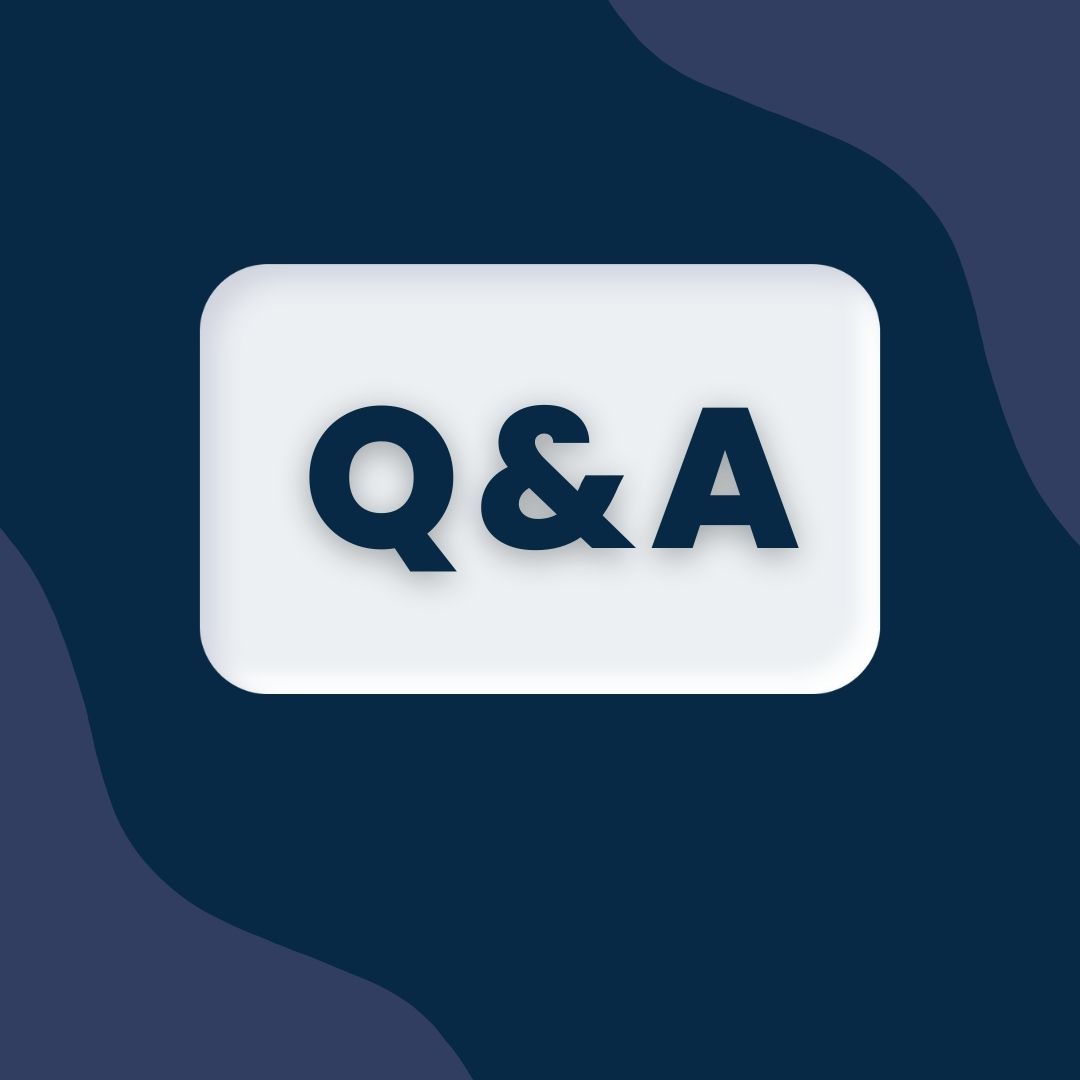Set Your Currency
 UNITED STATES UNITED STATES |
Set as Default |
 INDIA (Default Currency) INDIA (Default Currency) |
Set as Default |
 UNITED ARAB EMIRATES UNITED ARAB EMIRATES |
Set as Default |
 QATAR QATAR |
Set as Default |
My boss told me to do a Front-end Website for the Hospital. How will I collect the requirements from the client to start the work?
front end
To collect requirements for a website, you can follow these steps:
Identify the stakeholders: The first step is to identify the stakeholders who will be involved in the project. This includes the client, users, and other stakeholders who will be impacted by the website.
Conduct interviews: Once you have identified the stakeholders, you can conduct interviews to gather their requirements. You can ask them questions about what they want the website to do, what features they need, and what their goals are.
Create user stories: Based on the information gathered from the interviews, you can create user stories that describe the functionality of the website from the user’s perspective. User stories should be written in simple language and should be easy to understand.
Create wireframes: Once you have created user stories, you can create wireframes that show how the website will look and function. Wireframes are simple sketches that show the layout of the website and the placement of different elements.
Get feedback: Once you have created wireframes, you can get feedback from the stakeholders. This will help you refine the design and ensure that it meets their needs.
Create a requirements document: Based on the feedback you receive, you can create a requirements document that outlines the features and functionality of the website. This document should be reviewed and approved by the stakeholders before you begin development.
There are several tools and techniques that can be used to collect requirements for a website. Some of these include conducting surveys, focus groups, and user testing. You can also use online tools like Google Forms to gather feedback from stakeholders.
1. Requirement gathering plays a vital role in website creation for many reasons, but here are some key points: Aligns expectations , Prioritizes features , Optimizes for user experience ,Avoids costly mistakes , Creates a roadmap for future development
2. Process of requirement gathering
1. Identify Stakeholders - Internal Stakeholders and External Stakeholders
2. Conduct Initial Meetings: ask them about their thinks about the website, ask them about main goals for the website, etc
3. Use Different Techniques: User Surveys , User Personas( Create personas based on real user data to represent different types of users and their needs. ) , Content Inventory , Wireframing and Prototyping.
4. Document Everything: Document everything.Because every thing is raw materials for website developement.
3. Prioritize and Validate: List things in a prioratized order. Validate most needed things with more importantly.
4.best practices for requirement gathering : Define project goals and scope , Research existing resources , Active listening , Ask open-ended questions ,

Test your knowledge with interactive quizzes.

Prepare for interviews with curated question sets.

Ask your coding-related doubts and get answers.

Earn certifications to enhance your resume.

Hands-on projects to improve your skills.

Test your knowledge with interactive quizzes.

Prepare for interviews with curated question sets.

Add your technical blogs and read technical topics.

Earn certifications to enhance your resume.

Hands-on projects to improve your skills.